What you have is basically the classical Dirichlet problem:
Given the values of a function on the boundary of a region of space, assign values to the function in the interior of the region so that it satisfies a specific equation (such as Laplace's equation, which essentially requires the function to have no arbitrary "bumps") everywhere in the interior.
There are many ways to calculate approximate solutions to the Dirichlet problem. A simple approach, which should be well suited to your problem, is to start by discretizing the system; that is, you take a finite grid of height values, assign fixed values to those points that lie on a contour line, and then solve a discretized version of Laplace's equation for the remaining points.
Now, what Laplace's equation actually specifies, in plain terms, is that every point should have a value equal to the average of its neighbors. In the mathematical formulation of the equation, we require this to hold true in the limit as the radius of the neighborhood tends towards zero, but since we're actually working on a finite lattice, we just need to pick a suitable fixed neighborhood. A few reasonable choices of neighborhoods include:
- the four orthogonally adjacent points surrounding the center point (a.k.a. the von Neumann neighborhood),
- the eight orthogonally and diagonally adjacent grid points (a.k.a. the Moore neigborhood), or
- the eight orthogonally and diagonally adjacent grid points, weighted so that the orthogonally adjacent points are counted twice (essentially the sum or average of the above two choices).
(Out of the choices above, the last one generally produces the nicest results, since it most closely approximates a Gaussian kernel, but the first two are often almost as good, and may be faster to calculate.)
Once you've picked a neighborhood and defined the fixed boundary points, it's time to compute the solution. For this, you basically have two choices:
Define a system of linear equations, one per each (unconstrained) grid point, stating that the value at each point is the average of its neighbors, and solve it. This is generally the most efficient approach, if you have access to a good sparse linear system solver, but writing one from scratch may be challenging.
Use an iterative method, where you first assign an arbitrary initial guess to each unconstrained grid point (e.g. using linear interpolation, as you suggest) and then loop over the grid, replacing the value at each point with the average of its neighbors. Then keep repeating this until the values stop changing (much).




